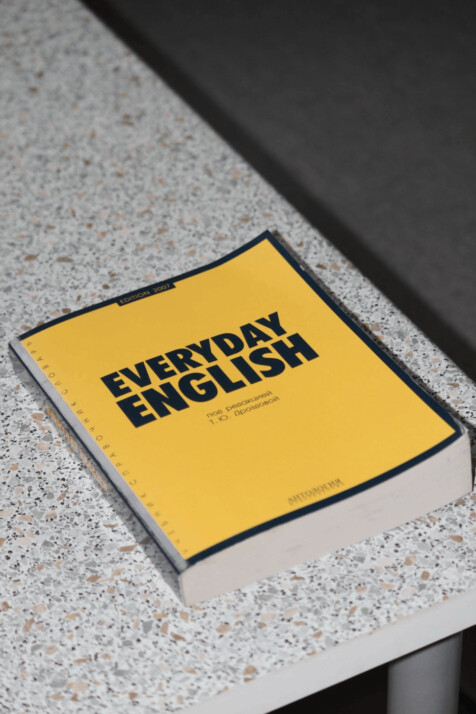Non-native English speakers can be proficient readers in their original tongue. However, those who are enrolled in an ELL (English Language Learners) classroom nevertheless struggle with reading in English.
As the reader reads, there is a natural propensity for them to mentally translate the words into their own language.
This technique makes reading more laborious. What’s more it keeps the reader’s attention on certain words rather than the text’s broader meaning.
The process is significantly slowed down when the reader gets engaged with decoding and translation. That’s why we are going to look at the best ELL strategies for reading out there!
Why Is Reading Comprehension Important for ELL Students?

Although comprehension is the purpose of reading, it might be the most challenging skill to achieve, especially for ELLs. Since they are unable to understand the texts for these topics, ELLs frequently struggle to acquire concepts during their academic studies.
ELLs will gain enhanced comprehension skills at all English proficiency and literacy development levels.
ELL teachers must assist their students’ readers in gaining fluency. Fluency is the capacity to read quickly while requiring little decoding and to comprehend meaning when initially scanning the text. The English Language Learner’s capacity to scan a text without considerable decoding is severely constrained without a large vocabulary to draw from.
Because they cannot understand the textbooks for these disciplines, ELLs sometimes struggle to grasp topics in science, math, or social studies. Explicit education of comprehension skills together with other abilities will be beneficial for ELLs at all levels of literacy and English proficiency.
The Best ELL Strategies for Reading
You can develop the cognitive abilities of ELLs in a variety of methods. You can use mainstream classroom practices used as a starting point and improve upon them to suit the academic and language demands of ELLs.
Improve the Proficiency in Reading by Using Vocabulary
ELL teachers must assist their students’ readers in gaining fluency, which is the capacity to read quickly. Fluent readers require little decoding and to comprehend meaning when initially scanning the text.
The student’s capability to skim a text without considerable decoding is severely constrained without a large vocabulary in English from which to use. As a result, it makes sense for the ELL instructor to use every method at their disposal to help their students’ vocabulary growth.
Use Sticky Notes!
You need to use sticky notes in bright colors to label each object in the classroom. Students can recall the names of the items and how they are spelled correctly. All in all, visual cues are important, especially for a non-native student.
Repetition of Words and Highlighting Them
The teacher should instruct the learner to mark or emphasize those phrases whenever he uses them in writing projects. This is to ensure a thorough understanding of the new vocabulary items. Extra credit should be given for using a glossary word correctly.
The likelihood that the student will memorize the word and no longer need to consult the dictionary will increase. Because this practice takes the student beyond basic knowledge of a new word into active use of the word in context.
Conclusion
At the end of the day, reading comprehension is essential. However, it is even more important for English Language Learners, as it can undermine their other academic skills. As a teacher, you must develop strategies that are going to help English Language Learners with their reading comprehension. Otherwise, they may fail to use the abilities that they already have and, as a result, wouldn’t be successful students.
Explore All Readability Articles
What is Reading? — Making Sense of Letters and Symbols
When studying the English language, you should familiarize yourself with its different concepts. It includes spelling, vocabulary, grammar, and reading.…
What is Readability Score? — a Quick Guide
Your text should cater to all kinds of readers. When you’re writing an article that intends to reach various individuals,…
Causes of Reading Comprehension Problems
Reading comprehension is the ability to understand and interpret written words, connecting the information in the text with previous knowledge.…
What Is ZPD Reading Level?
Everyone unique and we all have a unique understanding of the world. So what should the level of difficulty be…
The Best ELL Strategies for Reading!
Non-native English speakers can be proficient readers in their original tongue. However, those who are enrolled in an ELL (English…
These Are the Best Practices in Reading!
Best practices have been a topic of discussion in the reading education community for a long time. Among these best…
